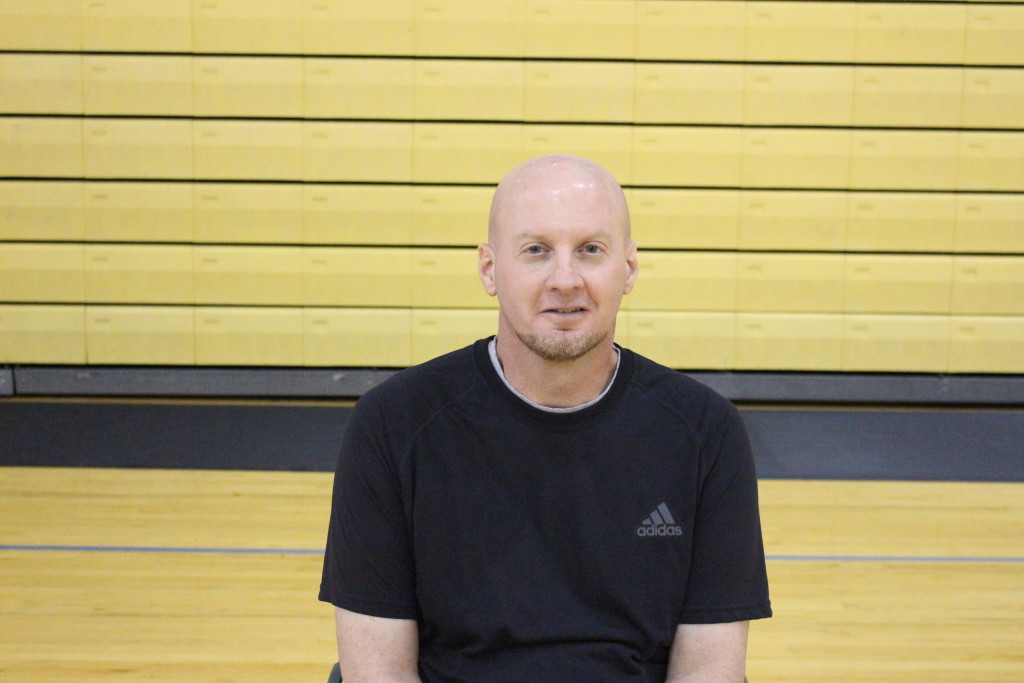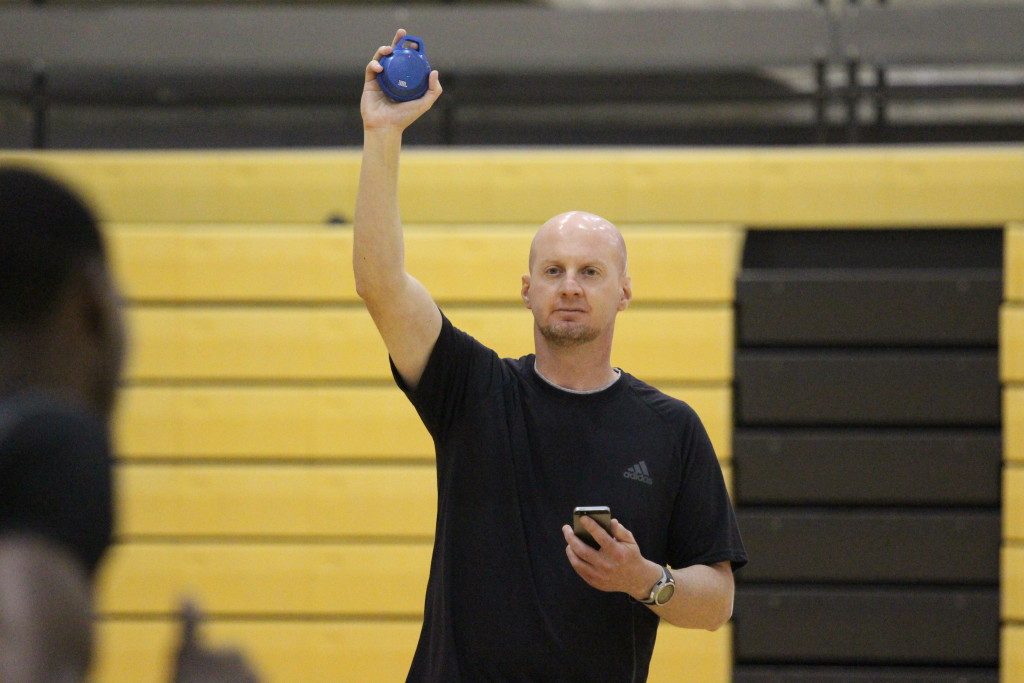Strengthening Athletes To Remain Injury Free
It was a seminal moment in Phillip Glatzer’s life.
The year was 1984. His sophomore year at Miami Coral Park Senior High School. Glatzer was playing left back on the Rams soccer team.
During a game, he collided with an opposing player after attempting to head the ball. The violent collision instantly left him unconscious.
Glatzer was rushed to Miami Children’s Hospital where it was discovered he had lost peripheral vision in his right eye. Doctors told him his athletic career was over. Any additional blows to the head could be fatal.
“I knew I couldn’t participate any longer, so I decided to pick a career where I could vicariously live my life through these athletes,” Glatzer said.
So Glatzer earned an associate’s degree in physical therapy from Miami Dade College’s Medical Campus, a bachelor’s degree in sports medicine from Barry University and a master’s degree in curriculum instruction from Oklahoma State University.
For the past three years, he has served as the strength and conditioning coach in the Miami Dade College Athletics Department. Glatzer proudly points out that only one student-athlete has sustained a serious injury during his tenure.

In the off season, Glatzer works with each team four times a week: two days in the weightroom and two days doing cardio exercises. In season, he works with them only once a week in the weightroom.
“For the lower body, I spend a lot of time [focusing on] strengthening the hamstrings,” Glatzer said. “A lot of people like to work more in their quadriceps because it looks good. Nobody turns around and says ‘hey look at my hamstrings.”
His focus on strengthening the hamstrings serves a purpose. Strong hamstrings take stress off the anterior cruciate ligament. It can also improve running speed and an athlete’s technique.
However, Glatzer does not neglect the arms and upper body. He guides all his athletes through curls and chest presses and places a heavy emphasis on developing shoulder strength.
“I do a lot of shoulder stabilization exercises, because we have a lot of overhead athletes. We have volleyball players that are [blocking and setting] . We have baseball and softball players that are throwing. We also have basketball players that are shooting,” Glatzer said.
Origenes “Kiko” Benoit, the Head Volleyball Coach for the Lady Sharks, places his trust in Glatzer’s training program.
“He’s very good at what he does,” Benoit said. “Last year my kids were in great shape and we went all the way [to the National Championship game].”

